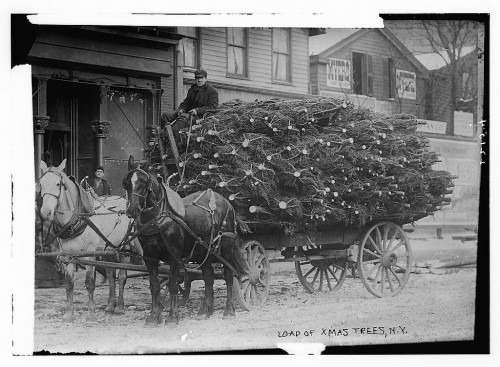
I previously wrote about four reindeer on display at the iconic Christmas tree at Rockefeller Center, which made its debut in 1931. Although the Rockefeller Center tree in New York always gets all of the media’s attention, the “Tree of Light” at Madison Square Park was in fact America’s first community Christmas tree. This tree made its first appearance at a ceremony in 1912, thus sparking the “Tree of Light” movement throughout the nation.
CHRIST CHILD’S CHRISTMAS TREE
Madison Square, 1912
Above the bustle and wear and tear
Of a city’s life in a busy square.
The Christmas Tree stands with its open hands,
A symbol of love for all to share;
And great and small respond to the call
Of the chimes in the belfry, till one and all
Forsake the shop and the gilded home,
For the voice of the Christ Child calling,
“Come – O come – Lo, My festival is free.
And Love is the Host at my Christmas Tree!”They gather – the rich and poor are one;
Parent and Child and the Stranger lone;
For the heart of the City goes out to-night
In a chorus of Music – a flood of Light;
And the Christ Child Spirit, divinely fair,
That illuminated the manger cold and bare,
Is born again in the City Square.
The “Tree of Light” celebration was the brainchild of 49-year-old Emilie D. Lee Herreshoff, wife of Dr. John Brown Francis Herreshoff. Mrs. Herreshoff was apparently inspired by a progressive push by social activists to care for the city’s poor and by the older customs of European cities. She had originally proposed the plan to then Mayor William Jay Gaynor; her initial request was denied, but was later granted in 1912.
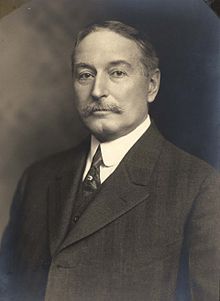
The first public Christmas tree was a present from the Adirondack Club, whose members selected a tree that was 60 feet high and 20 feet wide with an 18-inch trunk. The New York Times called it “the finest tree of their great park.” The cost for transporting the tree from the Adirondacks to the city was the gift of an anonymous railroad man.
On December 19, 1912, The New York Times reported on all the festivities that were planned to commemorate the city’s first public Christmas tree. The article also summed up the benefactors’ intentions for this inaugural celebration:
“Those who are helping [Mrs. Herreshoff] hope that the public Christmas tree may become a National feature, to be found in every town and village, a place where all may gather, rich or poor, on Christmas Eve, listen to the Christmas music, and feel that it is their tree, their Christmas, and that the spirit of peace and good-will encircles them, no matter how friendless they may be.”
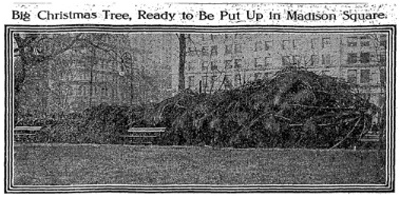
Apparently, there was much confusion about the location of the tree, and some people did not believe that the tree lighting ceremony would be free. Many residents thought the tree was going to be placed indoors at Madison Square Garden. Event organizers received numerous requests for tickets to see the tree, and urged the newspapers to stress that the event was outdoors and free. The Times responded on December 21 by emphatically stating the tree was for everyone, rich and poor, and “that no one has more right to it than another.”
On December 20, a team of four horses pulling a steel girder truck delivered the giant tree to Madison Square Park. The tree was placed on a block of cement to hold it in place and adorned with a 10-inch Star of Bethlehem and 1,200 8-candlepower lamps in various colors strung on 6,000 feet of wire. The Edison Company, which donated the electric lights and power, also wired the bandstand for light and heat.
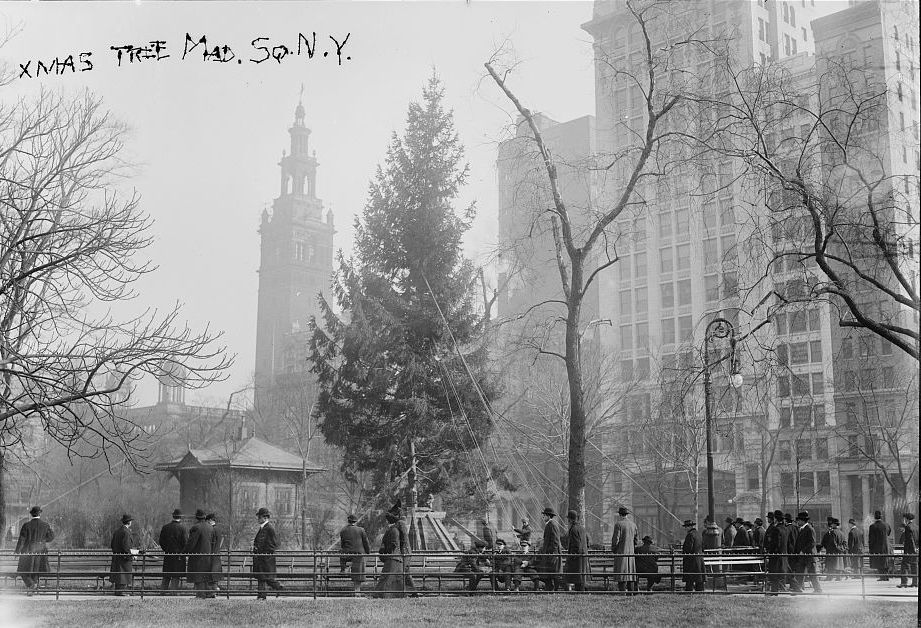
At 5 p.m. on Christmas Eve, church bells throughout five boroughs began chiming – some for 20 minutes – to announce the start of the tree lighting ceremony. More than 20,000 people responded to the call. The tree lights were turned on with Mrs. Herreshoff’s flick of the switch at 5:40 p.m.
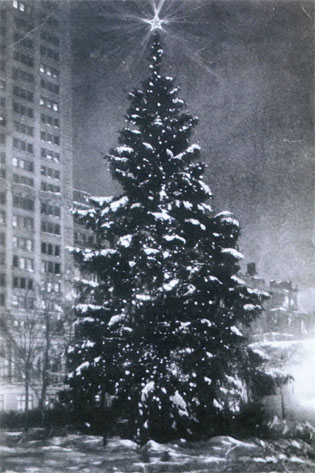
The MacDowell Schola Cantorum, assisted by the Gwent Male Glee Singers of Wales, sang the first carol under the leadership of Kurt Schindler. Then Henry Meyn, accompanied by the piano, sang “The Manger Cradle” by Neidlinger in his rich baritone voice.
Miss Eva Emmet Wycoff, a soprano, sang “O Holy Night” – the crowd requested an encore and sang along with her on the second round. The evening ended with a band playing Christmas songs until midnight.
1918: Pigeons, Camp Fire Girls, and the Salvation Army Band
On Christmas Eve 1918, only a month after World War I ended, more than 15,000 spectators, including Red Cross nurses, representatives of the seven different war work organizations, and many wounded soldiers and sailors, attended the Tree of Light ceremonies.
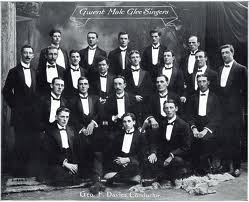
That year, the event began with a parade from the New York Public Library at 42nd Street and 5th Avenue. The parade featured servicemen playing musical instruments donated by New York portrait artist and socialite Orlando Rouland.
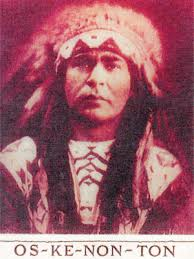
The marchers were led by a Santa Claus brass band under the direction of the Salvation Army. They were all met by 300 Boy Scouts and 100 Camp Fire Girls, who escorted them to the tree.
In 1918, the 70-foot tree glowed with 2,000 colored lights and a gold star at top. One of the highlights that year was an appearance by Chief Oskenonton in his magnificent native attire.
Oskenonton released 25 homing pigeons that had been in service with the pigeoneers of the United States Signal Corps in France. Thousands of people cheered as the birds circled around the tree and headed back home to Governor’s Island.
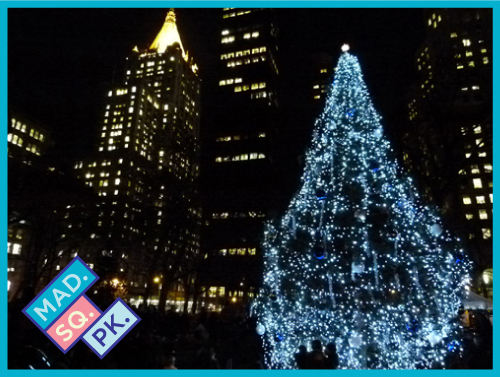
A Brief History of Madison Square Park
The area where Madison Square is now — between 23rd and 26th Streets, from Fifth to Madison Avenues – was once a swampy hunting ground. It first came into use as a public space in 1686, and was used as a Potter’s Field in the 1700s. In the 1830s it was the site of a farmhouse, which later became a roadhouse named Madison Cottage under the direction of William “Corporal” Thompson.
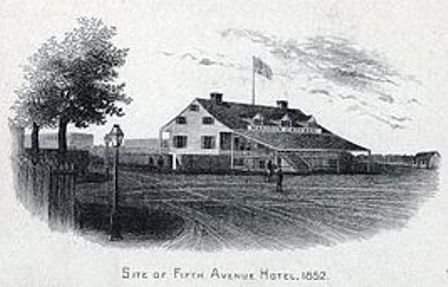
Madison Cottage was razed in 1853 to make room for Franconi’s Roman Hippodrome and then the Fifth Avenue Hotel (which was initially known as “Eno’s Folly” because it was so far removed from the hotel district). On May 10, 1847, the 7-acre Madison Square Park opened to the public. The rest is history.



[…] 1912: When New York’s First Public Christmas Tree Was Delivered by Horses […]
[…] 1912: When New York’s First Public Christmas Tree Was Delivered by Horses […]
[…] public Christmas tree was initiated by Emilie D. Lee Hereshoff, who was inspired by the social activism of the time. […]
[…] early “Tree of Light”…click for a less romanticized version of this […]